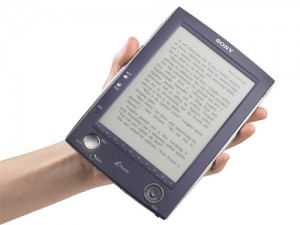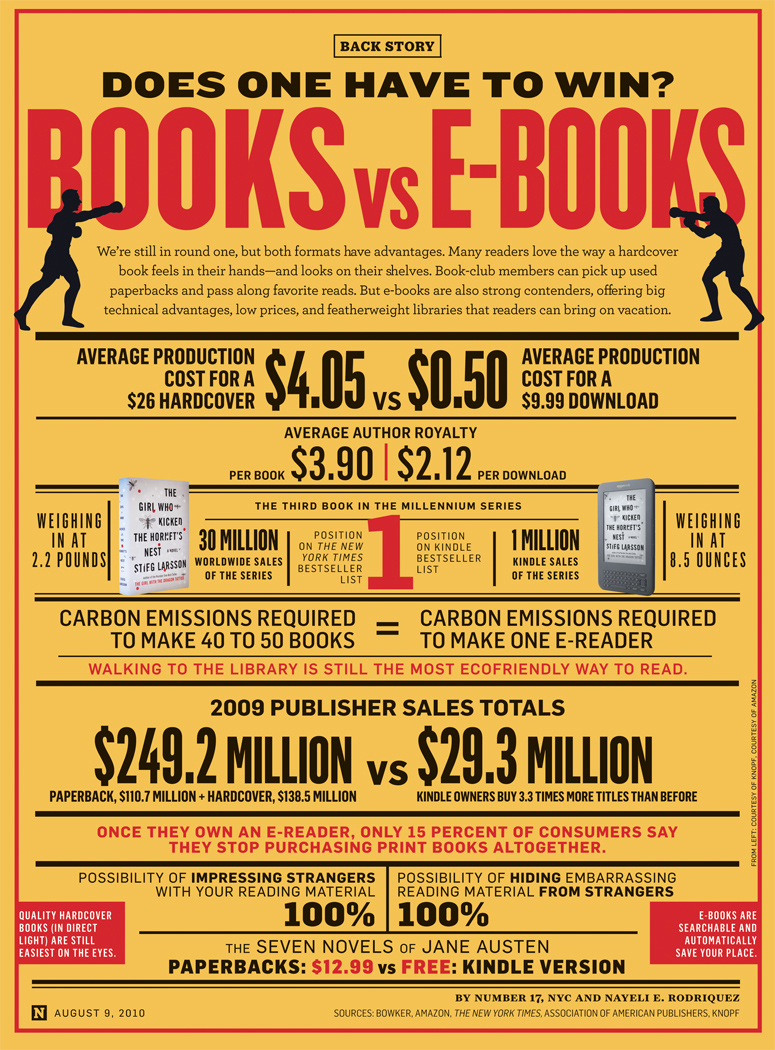 Publishers Weekly approaches the subject of the digital backlist with a fresh angle in a recent blog: They compile a list of the best-sellers of yesteryear and then see how many they can find Kindle editions for. The results?
Publishers Weekly approaches the subject of the digital backlist with a fresh angle in a recent blog: They compile a list of the best-sellers of yesteryear and then see how many they can find Kindle editions for. The results?
“Looking through PW’s archives at the top 25 bestselling books of both 1992 and 1982 in fiction and nonfiction (100 titles total), we found 56 books that had Kindle e-book editions. Between fiction and nonfiction, the former fared much better: 39 of the 50 fiction titles had e-book editions, compared to 17 of the 50 nonfiction titles.”
They propose several ideas to account for the disparity. In some cases, work has already begun on digitizing the missing books (a few Clive Cussler titles are already out; one can expect the rest to be forthcoming. In other cases, books have been replaced on the market by more up-to-date titles (as with Weight Watchers titles of yesteryear). And of course, some books simply may not transfer over that well, such as Nick Bantock’s Griffin & Sabine pop-up books.
But still, there are books on their list which do not have an e-book version, for no readily apparent reason. It might seem, in this age of e-abundance, like every book is there for the taking. But there is clearly still work to be done.

































Indeed, I was looking at the website of a publishing house recently and found it curious that they only had e-books available for the books currently in print. Which was stupid, because some of their older titles are still highly sought after in academia.
Then I realized what the problem was: it’s a matter of rights. Unless they have a contract with each author specifically allowing them to keep the e-book on offer, they can’t legally do it. Which, of course, begs the question: why aren’t they trying to convince all those authors that keeping digital editions on offer is good for them? But there you have it: they can’t simply go ahead and do it. And everyone loses.
As annoying as the lack of backlist e-books is, the situation is self-correcting over time. As Felix notes, it is frequently a rights issue (cf Ray Bradbury). With considerably older material — I am thinking 103 Maigret novels from Georges Simenon — it is geographic rights, translator rights, and varying public domain expiry. And it’s pricing, too: can 50 year old backlist titles really sustain $12 ebook pricing? But if volumes are so much lower than current material, what’s the balance of economics for the existing rights holder to digitize and market these titles?
I believe that over time we’ll see the vast majority of books stay in print indefinitely. But the catch-up period may take another decade.
Are you kidding? The Griffin & Sabine books would make FABULOUS ebooks – they are tailor-made for interactivity. Talk about rich media…
@Katherine
… Which are so expensive to make that it is difficult to make any profit. Some current projects are already struggling to make any profit — and this is one of the reasons some publishers are reluctant to make this type of books, even those who have already made some — so turning backlist into interactive books may be a complex issue.
Sure there are some tools or so called specialists, but their work has turned so-so and it has not convinced readers.
I think every book should be in digital version by the end of 2015
That’s the point though, Katherine. They’d need special treatment as an app or something, you can just convert them to epub with one button. So that might explain why they haven’t been done yet…
Can anyone point to any appified ebooks that have made a profit? Must be a pretty tiny party. But for epubs, complete reverse: tons of titles, lots that have great ROI. Digitizing a backlist popular fiction: a few hundred, perhaps a few thousand dollars. Creating an app from scratch based on a pop-up book: tens of thousands of dollars. Now try to make your money back at $5 or $10 a pop.